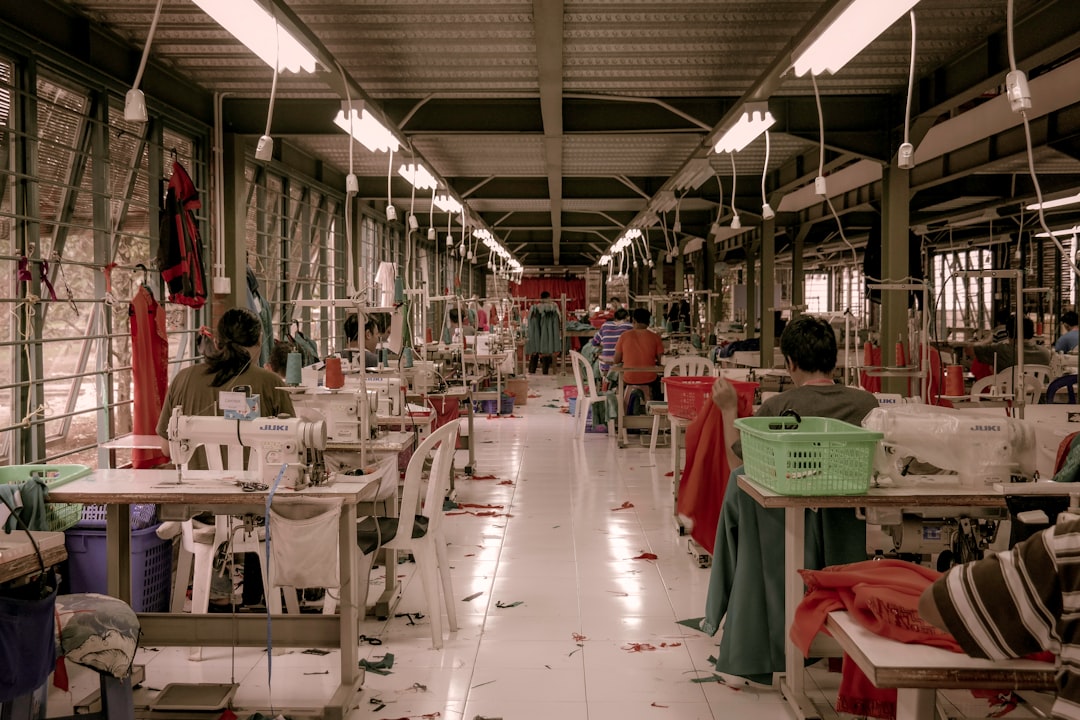What is it about?
Nucleate pool boiling is a simple phenomenon of boiling through a substrate (a copper plate in this case). The fluid of study in this paper is binary fluids which is basically a mixture of two fluids (one of them generally being water). These fluids undergoes the boiling process under varying parameters like concentration of liquids, type of liquid used, pressure, temperature, texture and material of the surface etc. This is done to enhance the heat transfer rate and heat flux between the substrate or plate and the fluid. The whole boiling process is observed using a high speed camera. The observations are recorded and analyzed and results are obtained. In this paper, we have compared various investigations and compared them. This is done to increase the efficiency of the various applications (hydrogen extraction, refrigeration, etc) of this process.
Featured Image
Why is it important?
The comparison between the various parameters of pool boiling has helped us to determine the best efficiency points. We were also able to determine the burnout regions for safety point of view. The increase in efficiency helps us to save a lot of time and money.
Perspectives
if we use a refrigerant with high heat transfer rate, then the air conditioners used in our houses or offices will work more efficiently, thus consuming less amount of electricity. This helps to protect the environment by saving a great amount of energy.
Palash Gupta
Read the Original
This page is a summary of: A Review on Nucleate Pool Boiling Heat Transfer of Binary Mixtures, Asian Journal of Water Environment and Pollution, April 2019, IOS Press,
DOI: 10.3233/ajw190016.
You can read the full text:
Contributors
The following have contributed to this page










